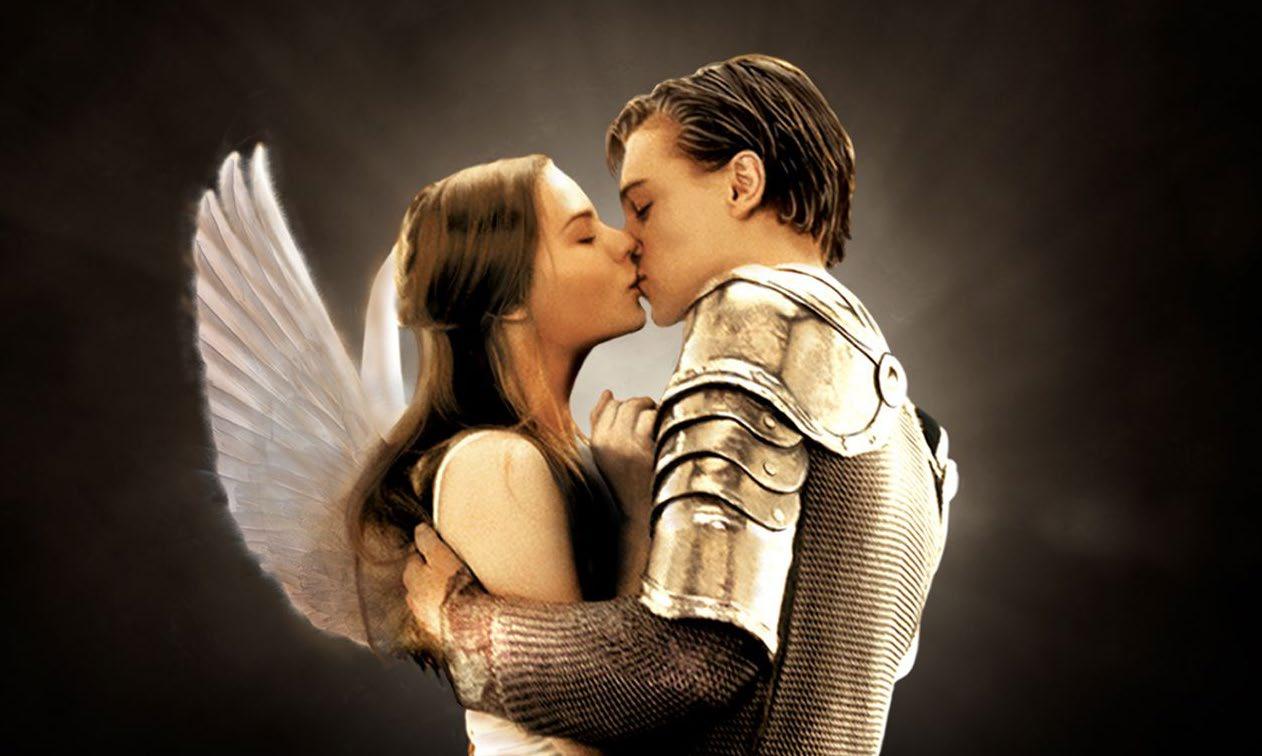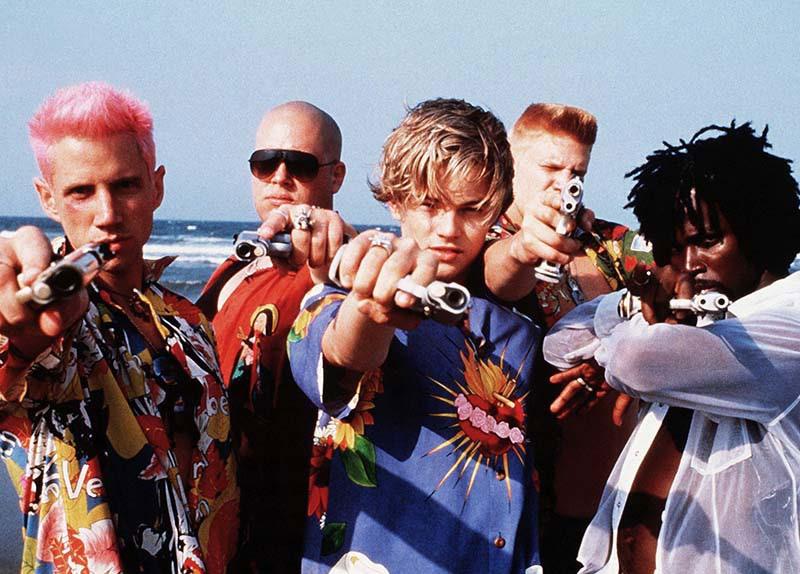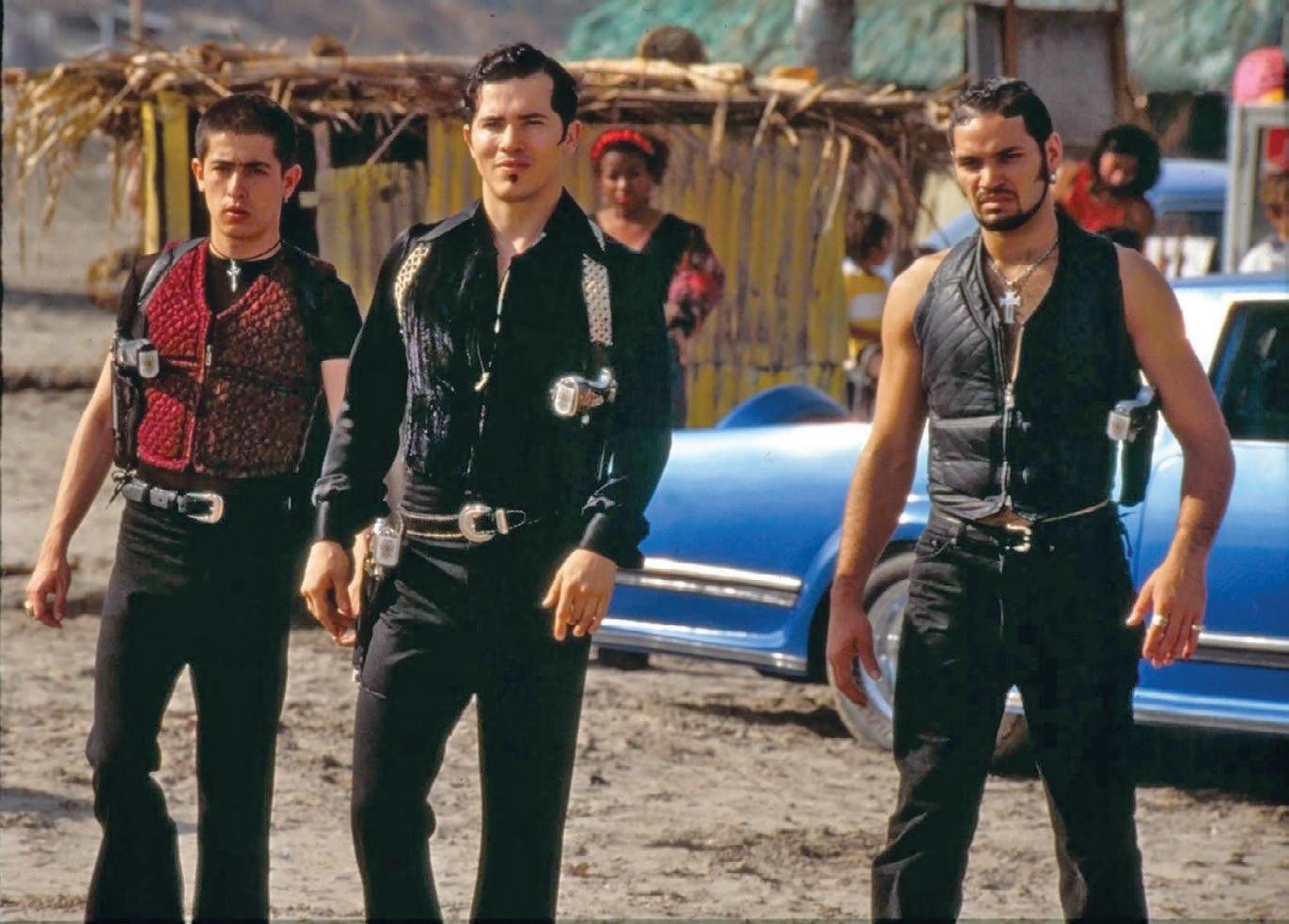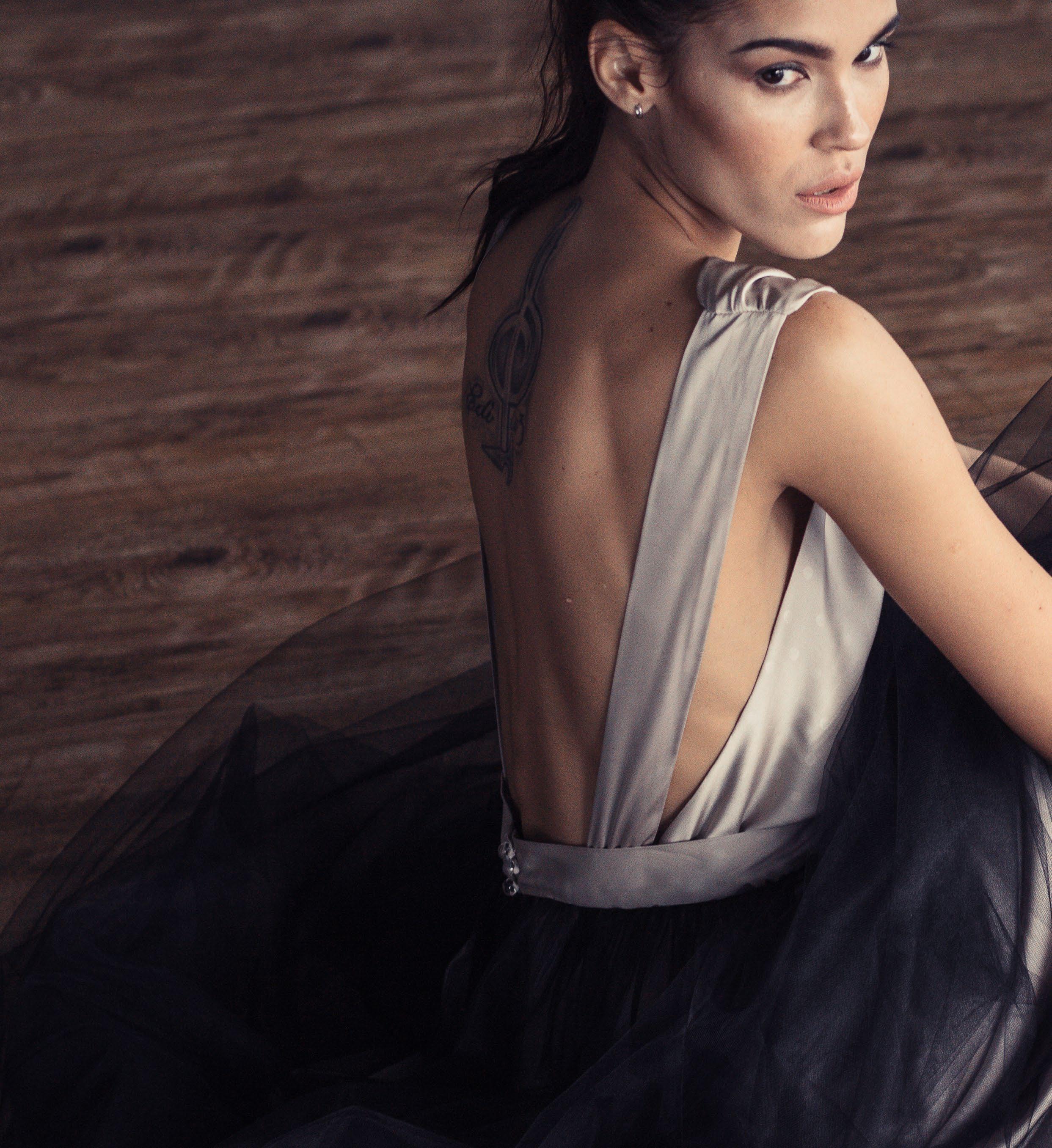
3 minute read
YOUTHFUL REBELLION
YOUTHFUL REBELLION A fashionable retelling of a classic tale
BY IGOR SAMPAIO
Advertisement
BAZ LUHRMANN DIRECTOR’S ROMEO AND JULIET MOVIE, IS A BRIDGE from the XVI century to the 90’s fashion looks. There’s so much to love about this movie—from Luhrmann’s kinetic style to Leonardo DiCaprio’s romantic, floppy, quintessentially haircut—but perhaps its greatest achievement is its fantastic fashion. Costumes are one of those quieter storytelling tools that, when given their due, can actually say a lot about a character in a short moment. And the costumes in this film put in a lot of hard work.
We all know from our middle-school readings of Romeo and Juliet that the Capulets and the Montagues will never be bosom buds—but Luhrmann drives home the dueling families—differences right from the start by choosing two very different styles of dress for them. On one side, you have the Montagues—whom we meet first, and who look like total beach bums wearing bright colors. Given that, it should come as no surprise that the Capulet boys all favor red and black. The Montagues are into buttons; the Capulets generally prefer zippers. The list goes on and on.
But Luhrmann’s most “un-makeable deal”—the biggest “how did this movie actually happen” moment? His two-hour, action-packed, star-studded blockbuster in which the only words spoken are Elizabethan English: Romeo and Juliet. The 1996 sensation more than succeeded in its aims of refashioning Shakespeare for the MTV generation; it brought in $147.5 million by soundtracking sonnets to Radiohead and Garbage, and outfitting the Montagues and Capulets in Prada and D&G. Luhrmann, who developed his sumptuous dramatic style working in theater


and opera, didn’t dream of backing down from the Bard’s original language, but sought to construct a unique universe for it to live anew. According to the film’s production notes, Luhrmann calls this a “created world”— a self-contained space that’s rooted in a pastiche of iconic imagery from religion, technology, folklore, and pop culture. This created world, “afforded production designer Catherine Martin and costume designer Kym Barrett an incredible amount of aesthetic latitude, but their creations were always firmly tethered to Shakespeare’s words and story.
Though the Montague boys are of the same comfortable social class as the Capulet clan wearing super-serious black-and-red clothing , their garb is much more easy, and utilitarian: unbuttoned Hawaiian shirts, baggy workwearinspired pants and shorts, combat boots or Chuck Taylors. “With the Montague boys, it’s sort of a Vietnam feeling,” costume designer Barrett explained, citing the end of the war in the mid 1970s, “when the soldiers wore Hawaiian shirts and shorts and indigenous hats. They invented their own way of wearing clothes, to suit the climate and the surroundings.” Though the Montagues don’t have quilted, velvet bulletproof vests like the Capulets, this rag-tag team is not without its own unique code of ornate decoration (shout out to Mercutio at the Capulet party, who look like he walked off an Ashish runway). They don’t need bling, their Hawaiian shirts are vibrant enough; they don’t slick back their hair to show off their hand-crafted holsters, they dye it pink and spike it up. The factions are distinctive, but both wear their rebellious attitudes on their sleeves through clothing that connects to the created world they share.
Prada created Romeo’s just-boxyenough navy blue wedding suit, complete with a crisp cotton shirt and pink floral tie, an homage to his Montague heritage. Juliet’s looks are similarly subtle, simple, and down to earth—even her angel costume at the Capulet ball. Luhrmann cast Danes on the strength of My So Called Life, but Barrett stripped away Angela Chase’s flannels and sweaters, leaving Juliet, in one scene when she’s waiting for the Nurse to dish about Romeo, with just a white t-shirt and jeans.
Youthful rebellion takes many fashionable forms in this film, but every style choice springs from Luhrmann’s created world (just like how some designers create a world for their clothing on the runway). The cocktail of minimalist custom Prada, Vietnam-meets-mall-rat, and ultra sexy D&G doesn’t seem probable outside Luhrmann’s imagination, just as scoring Shakespeare to Butthole Surfers and The Cardigans also seems like it would be a disaster. Yet these choices are precisely what makes his adaptation so unique and enduring after almost a quarter of century.

JENNIFERDOSSANTOS.COM

MADEIRA, PORTUGAL











